Published 27 December 2019 ● Last Updated on 16 July 2020
So how does the ‘Environmental Report Card’ for 2019 look? We decided to begin 2020 with a quick recap of some of the major environmental news that made headlines in 2019. The year gone by may have had many downs but it also had a few ups – positive environmental news that we may have missed in the hullabaloo of the ‘climate emergency’. We’ve sieved through all the eco happenings of last year and pulled out the top news items that we felt were stories that shouldn’t be missed. As we embark on yet another exciting 365-day journey, may each of us commit to being a more eco conscious than we were last year; our promise to care for our environment is a promise we make for our own better future.
Presenting The Top 10 Environmental News of 2019…
Ozone Layer healing, 32 years of success for Montreal Protocol
On the occasion of World Ozone Day (16 September), the UNEP released data to show that the ozone layer has been recovering at a rate of 1 – 3% per decade since 2000 and in most likelihood it will be completely healed by 2060. In fact, Northern Hemisphere and mid-latitude ozone is expected to recover by the 2030s.
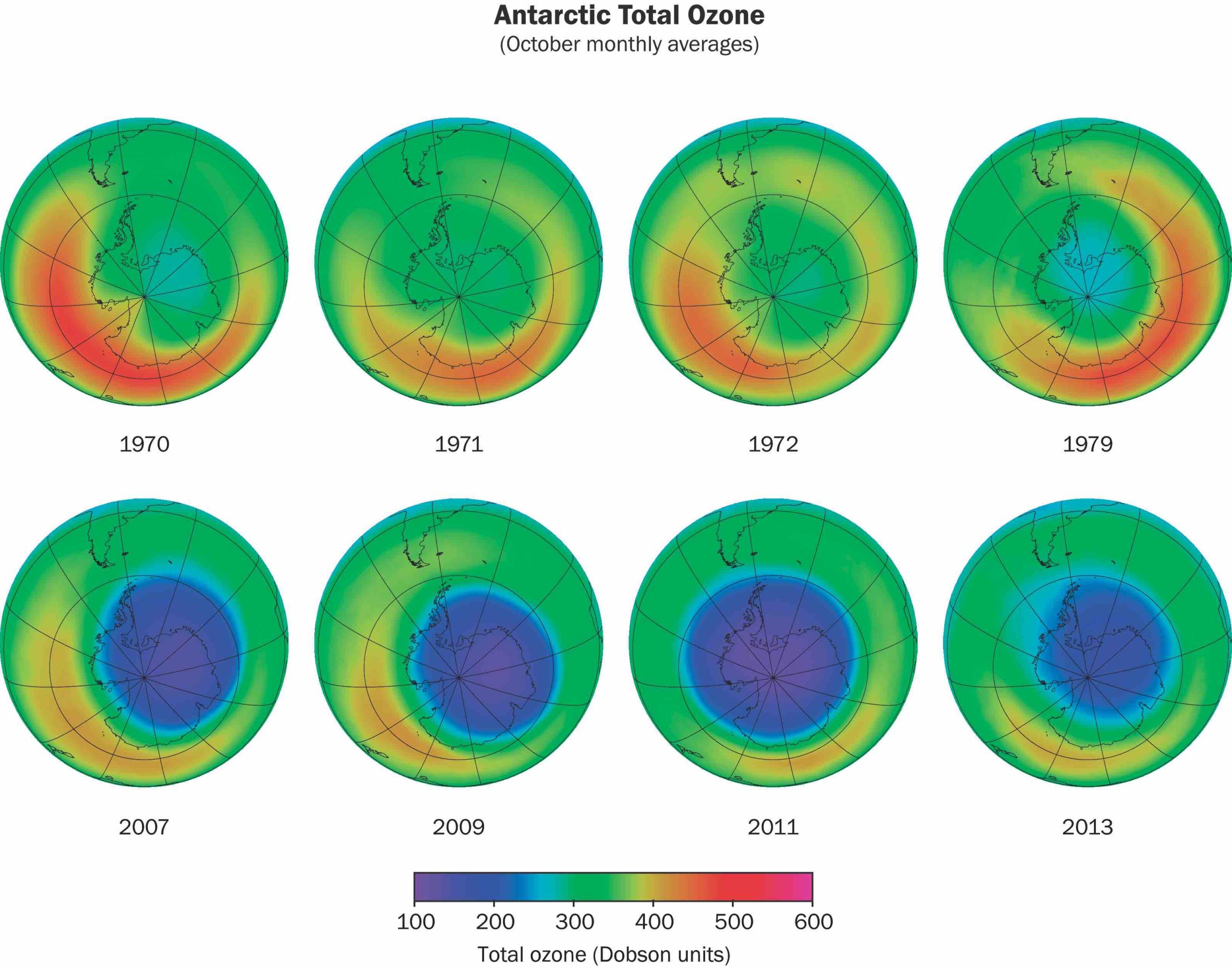
This is all thanks to the Montreal Protocol – a most successful international environmental treaty – and demonstrates that that when world governments are dedicated to improving the situations, they manage to do wonders! Adopted in 1987 by all 197 UN states, the Montreal Protocol led to the phasing out the use of Ozone Depleting Substances (ODS) especially CFC (chlorofluorocarbon) and HCFC (hydrochlorofluorocarbons) from refrigerators, air conditioners and aerosol cans.
As per the Kigali amendment in 2016, countries have agreed to reduce HFCs by 80 to 85 % by 2040 to control the CO2 emissions to maintain the global temperature rise at or below 2°C.
Scotland declares climate emergency; other countries follow suit
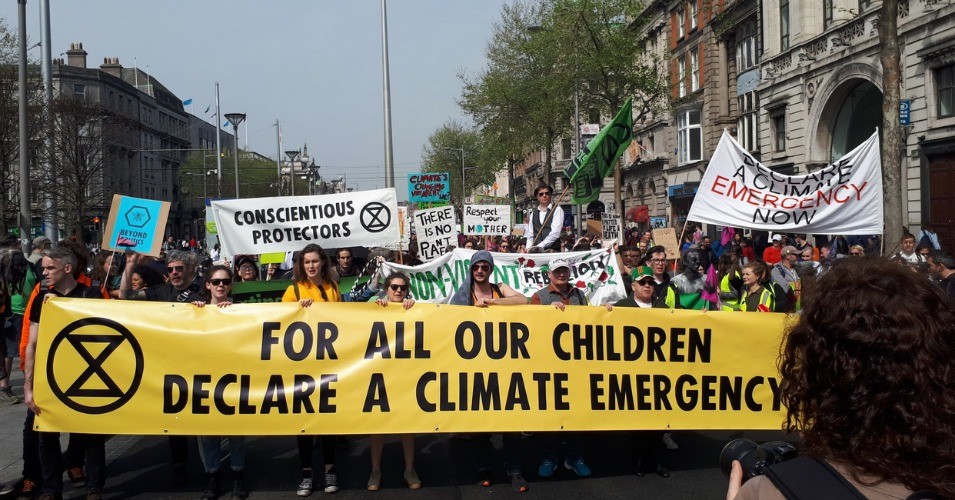
On 28 April 2019, Scotland became the first country to declare a ‘climate emergency’ when its first minister Nicola Sturgeon pointed out that young people ‘are right’ and the country would lead by example. One by one other countries followed suit – UK, Portugal, Canada, France, Bangladesh to name a few and most recently the European Union (and its member states). It is estimated that 1252 jurisdictions in 26 countries with a population of 798 million citizens have declared a climate emergency.
It should be no surprise that Oxford Dictionary has declared climate emergency as the word of 2019, this buzz word’s usage increased nearly 10 folds in the last 12 months!
World’s largest climate strike took place in 2019; the Greta-effect dominates
20 September 2019 will go down in history as the day when the world witnessed its largest climate strike ever, millions of people from nearly 185 countries took to the streets demanding that emissions be cut down and changes implemented to slow down climate change, a phenomenon that is our reality today.
A very important aspect of all the climate strikes that have been held this year is the participation of the youth. Youth environmental activism is on the rise and across the globe; young eco warriors are taking charge and making it their business to fight for the environment, so much so that school kids missed classes to be a part of the Fridays For Future climate strikes. Of course, many have been inspired by Greta Thunberg, the young Swedish climate activist who doesn’t mince her words and walks the talk when it comes to being environmentally conscious. And yes, she is the Times Magazine’s Person of the Year 2019.

Forest fires worldwide; Extreme weather conditions affect ALL living beings
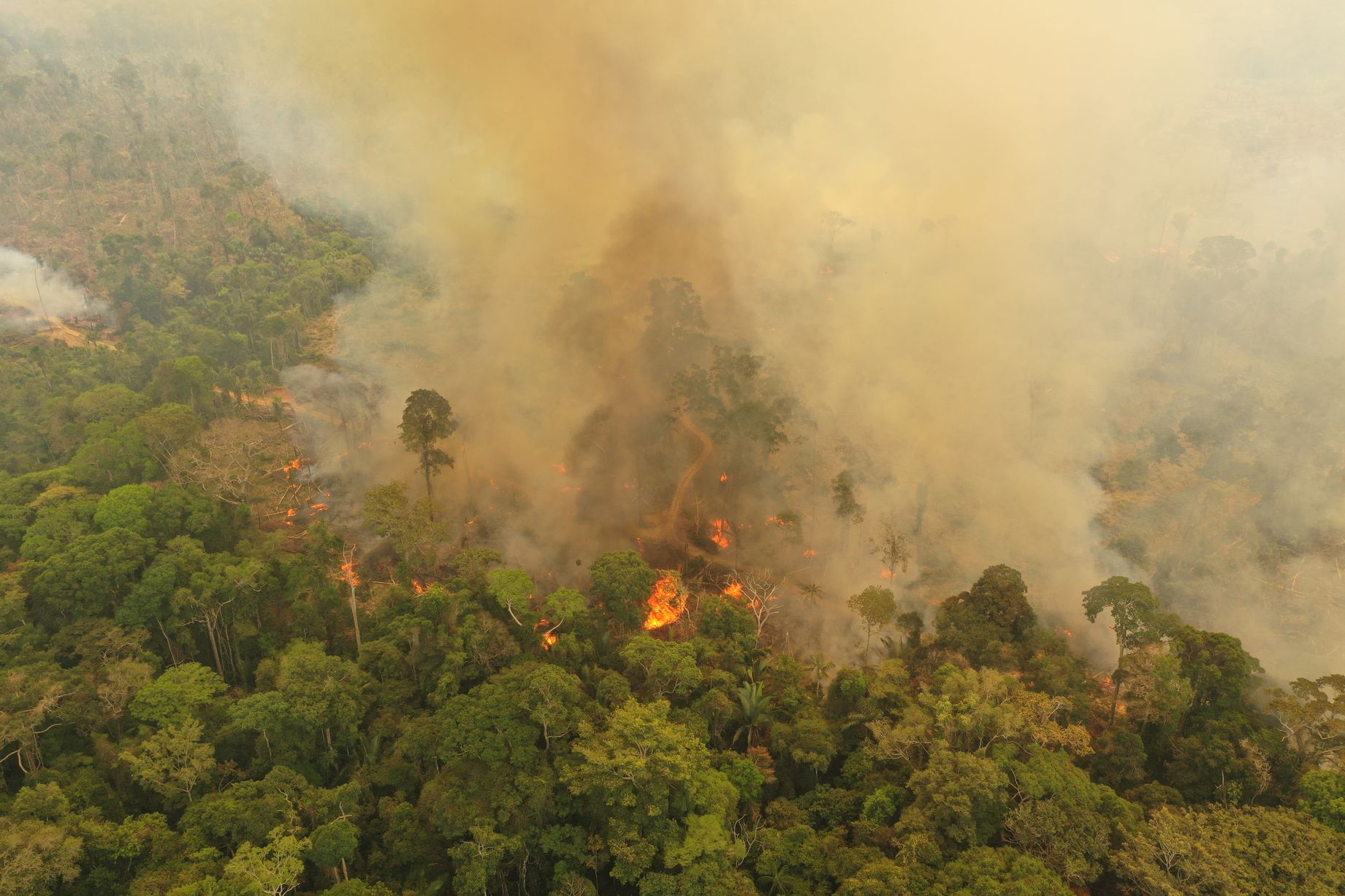
Forest fires dominated the news headlines in the second half on 2019 – starting from the Amazon Rainforest fires to the Indonesian Forest fires to the more recent Australian bushfires, these ravaging fires have caused huge destruction to many ecosystems across the globe. While these fires are natural phenomena that occur yearly, their pattern and ferocity is on a troubling trajectory. Moreover, this year has witnessed extreme weather events ranging from typhoons to floods, from heat waves to cold waves – and it isn’t going to get any easier with the rising global heat.
Funeral for Glacier OK in Iceland; Melting ice cover, Rise in sea level
In August 2019, Iceland mourned the loss of its first glacier Okjokull to climate change by hosting a funeral to put up a brass plaque on a snow free rock with the inscription ‘A Letter to the Future’. OK lost its ‘jokull’ (meaning glacier in Icelandic) status in 2014, when it reduced drastically to 0.7sq km in 2012 from 16.2sq km in 1890.

They were not the only ones – Switzerland held a funeral for the Pizol Glacier, the first to lose its glacier status in the country.
With a lot of the global ice cover melting – ice sheets in Greenland and Antarctica, glaciers and snow capped mountains, frozen oceans and even snow covered land; the sea levels are slowly beginning to rise and that is a cause of huge concern as it is estimated to affect nearly 300 million people by 2050.
July 2019 was the hottest month in history; IPCC report links food habits to climate change
Scientists declared that July 2019 was the hottest month ever and its effects were most definitely felt globally – heat waves, glaciers melting and spread of wildfires. And this decade is the hottest in record in the history of mankind!
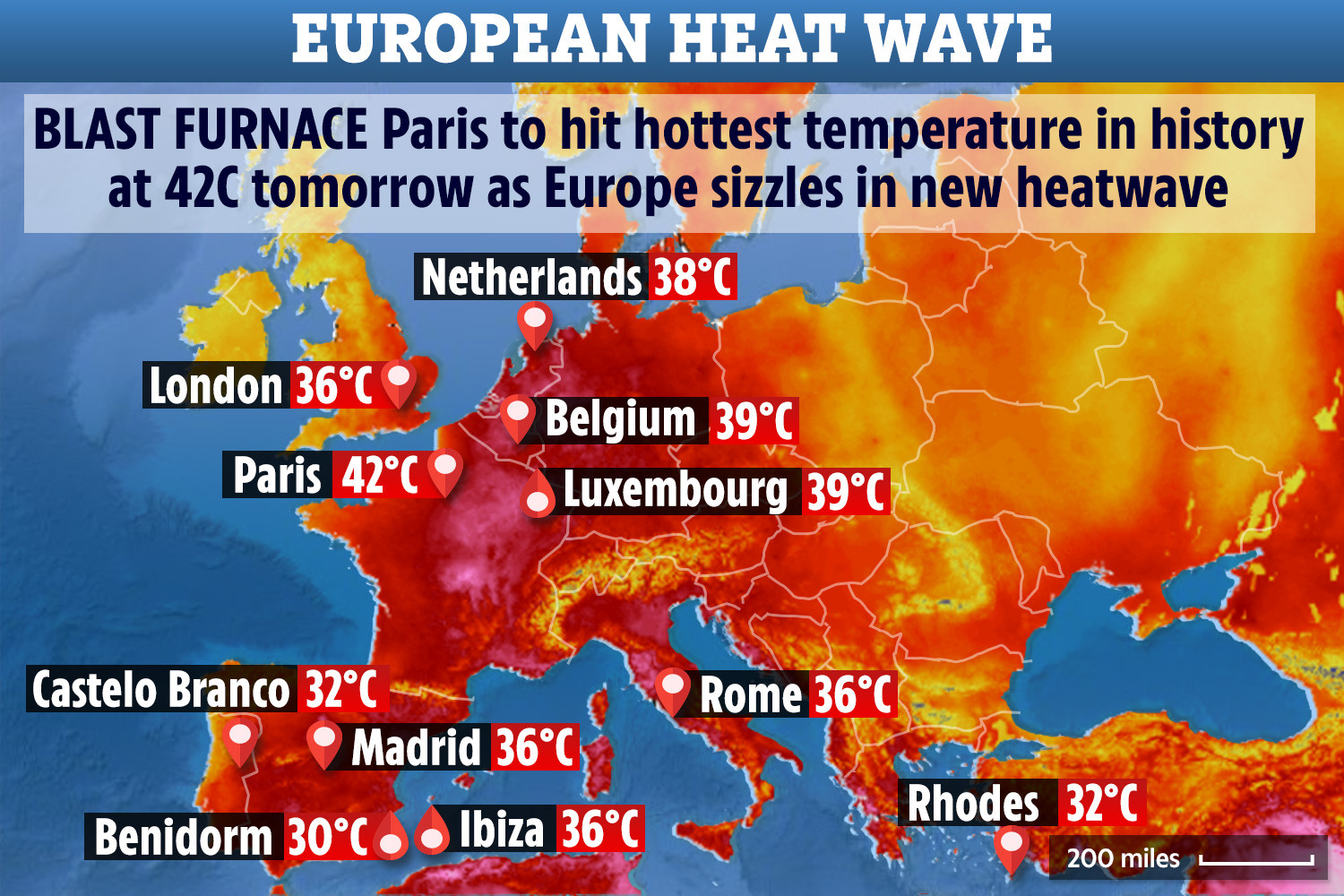
While climate change is one of the major reasons for this unprecedented heat, deforestation is considered to be the second leading cause for global warming. One of the major causes for deforestation is agriculture and ranching – the IPCC Special Report Climate Change and Land released on 7 August 2019 shows the direct correlation between our food habits and how it affects the climate.
USA backs out of Paris Agreement, and climate change talks at COP25 Madrid fail to elicit enhanced action
On 4 November 2019, the United States of America (USA) formally notified the UN that they would be withdrawing from the Paris Agreement on climate change. While President Trump had made it very clear in 2017 that USA would be walking out on this agreement, they can officially only begin the one year process now due to rules in the accord.
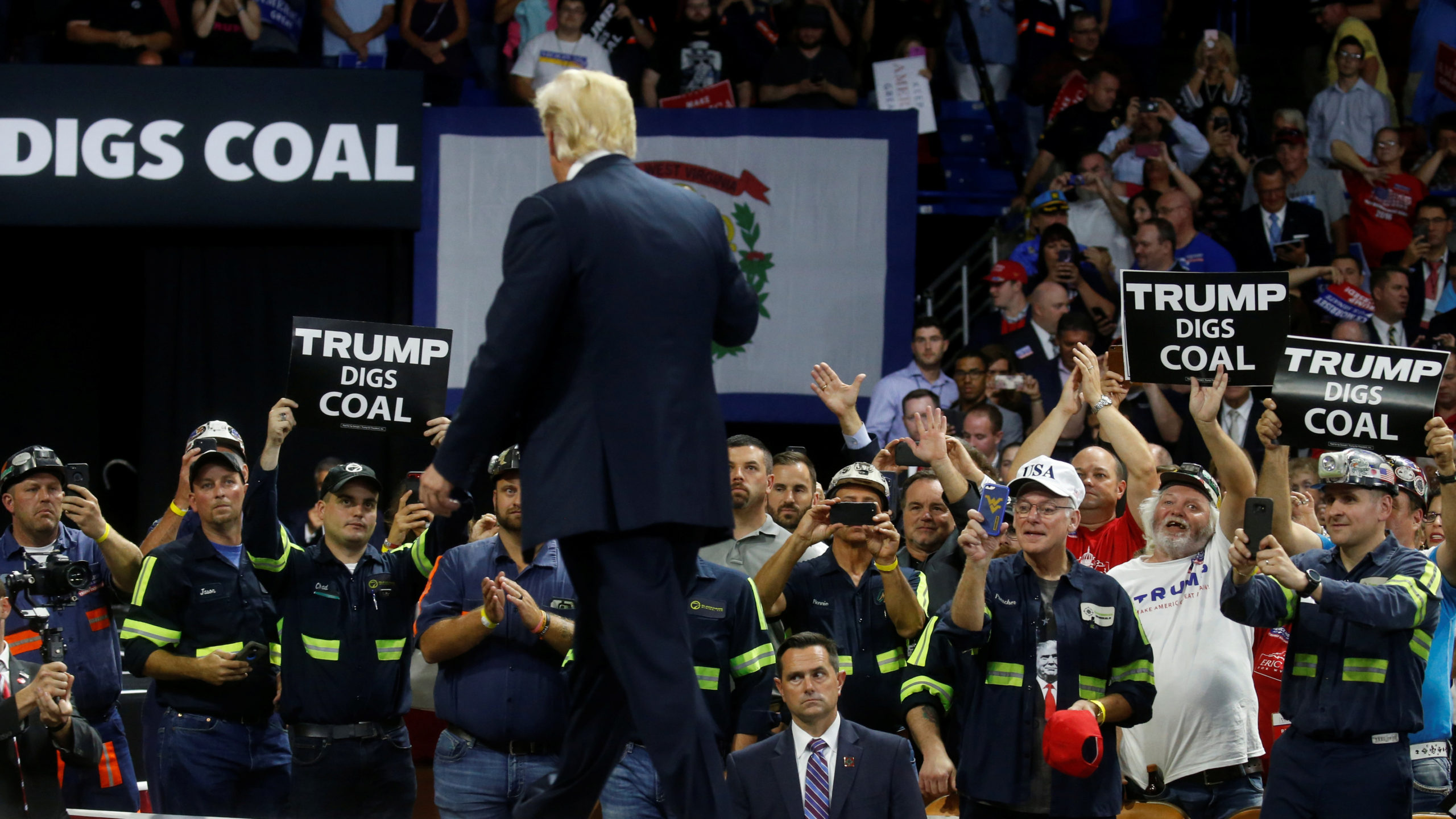
The withdrawal of USA is a cause of big concern; and it is coupled with the challenge that key emitters – including Australia, China, India, Brazil -are not pulling their weight to reduce emissions.
In December 2019, COP 25 was held in Madrid – the longest United Nations climate talks on record, featuring lengthy negotiations and a growing realisation that current promises don’t go far enough to curb temperature rise to under 2 degrees. Delegates finally agreed a deal that will see new, improved carbon cutting plans on the table by the time of the Glasgow conference next year..
The only silver lining – many countries who are already a part of agreement are stepping up to enhance their commitment – recently, New Zealand committed to becoming carbon neutral by 2050 and even passed a zero carbon bill in the parliament with near unanimous support.
Plastic Trash found in the Mariana Trench; Plastic pollution is everywhere
When Victor Vescovo reached where no man has ever gone before – 11 km below sea level to the bottom of the Mariana Trench, the deepest trench in the world – he found bits of something familiar, plastic trash! In a secluded area on the Pyrenees mountains, scientists discovered microplastics (tiny bits of plastic) that are brought in by the wind – they estimate that about 365 fragments of microplastic settle on every square metre of land.
These discoveries just highlight the already known fact that plastic pollution is everywhere on this planet and it is having an adverse effect on biodiversity everywhere. While many countries have imposed a ban on single use plastic and the Ocean Cleanup Project has just successfully managed to catch plastic trash in the ocean, a lot more needs to be done before we drown in our own plastic waste.
US bans pesticides that are harmful to bees; Insect populations declining
In May 2019, the US Environmental Protection Agency (EPA) banned 12 products that contain neonicotinoid, a pesticide that is fatal to bees. This intervention comes at a time when bee populations in USA and world-wide are dying at alarming rates. In the year ending April 2019, the managed bee population in USA decreased by 40.7%, reports Bee Informed. France has already banned these harmful pesticides in 2018.

The worrisome part is that bees are not the only insects that are disappearing; across the world insect populations have been on a steep decline and their disappearance from the base of our food chain means disruption of the entire chain itself affecting all living beings including humans.
Species: Lost, Found and Conserved; 6th Mass extinction is on
The theme for Earth Day 2019 was Protect Our Species and rightly so, as the 6th mass extinction is underway and primarily caused by human exploitation of the planet.
In 2019, we said goodbye to the several species -including the Hawaiian Snail, Australia’s Bramble Cay, the last Sumatran Rhino in Malaysia (less than 80 left across Indonesia); 1840 more species got added to the IUCN Red List of Threatened Species, taking the count to more than 30,000 species threatened with extinction, including 41% of amphibians, 34% of conifers, 33% of reef building corals, 25% of mammals and 14% of birds.
But there is good news! Scientists also discovered 71 new species – a fish called Wakanda, a girdled lizard, Lola Konavoka Spiders to name a few. Plus, conservation efforts have ensured that the numbers of at least 10 species have improved – such as the flightless bird Guam rail, echo parakeet, Australian trout cod – this is a “spark of hope in the midst of a biodiversity crisis.” One can hope for surprise discoveries in the wild too, like the silver-backed chevrotain, a mouse deer that was once lost but now found!
2020: The Year That Is
As we head into the New Year, let us hope that more governments and global leaders will take serious steps to help deal effectively with climate emergency.
Each one of us can play a role to bring about change – from our personal behaviours and lifestyles, to being role models in our communities, to active citizens that bring about governmental action. Here’s hoping the next 12 months lead us to a more heartening news round up next year! ?
Related Articles:
Year of Climate Action 2018| What you can do to make a difference

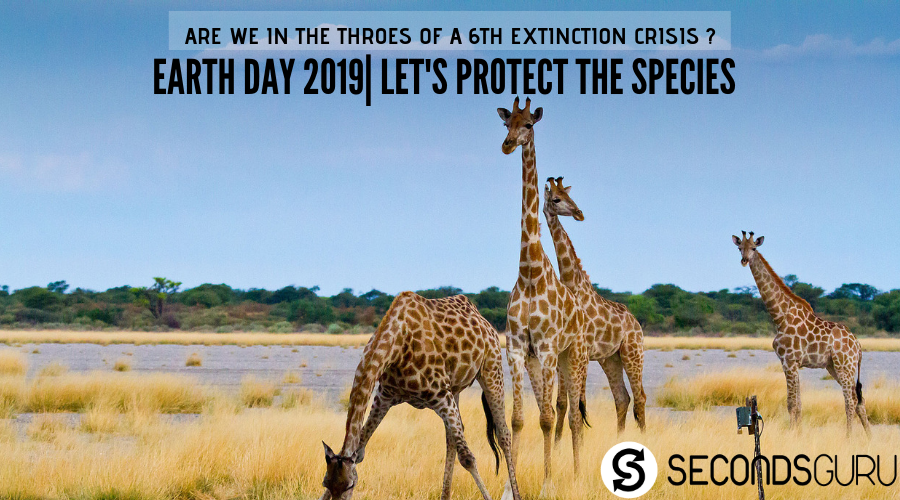


0 Comments